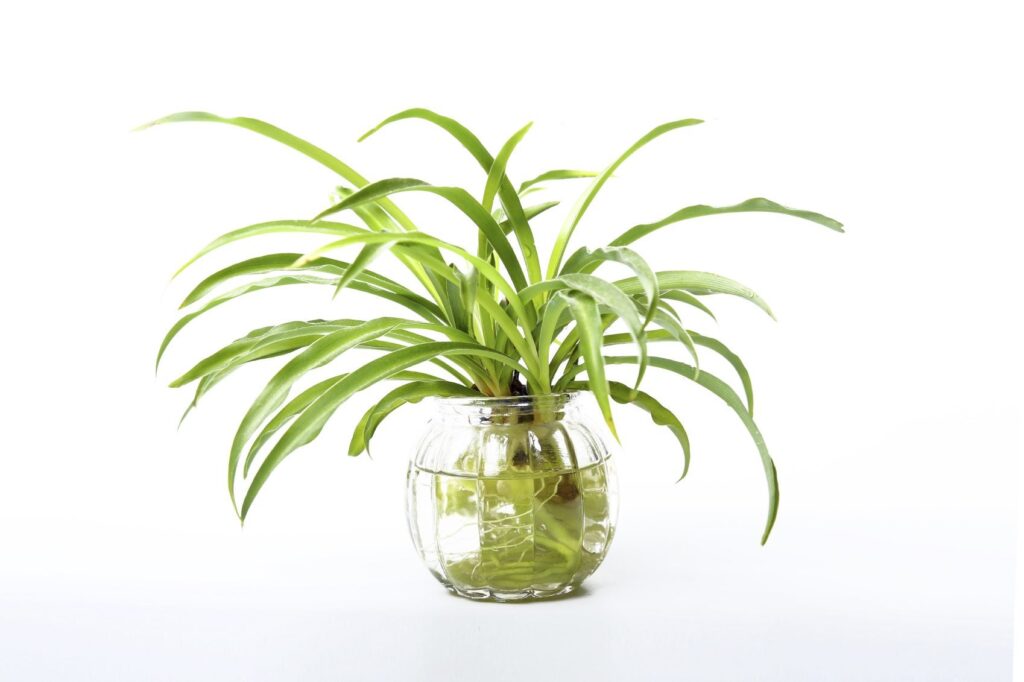
Spider plants, known for their graceful arching leaves and air-purifying properties, are popular houseplants cherished for their resilience and adaptability. While commonly grown in soil, there’s a growing curiosity among plant enthusiasts about the feasibility of cultivating spider plants in water. In this article, we’ll delve into the intriguing question: can a spider plant grow in water? We’ll explore the process, challenges, and rewards of nurturing spider plants hydroponically.
**Understanding Spider Plants**
Before delving into the prospect of growing spider plants in water, it’s essential to grasp the fundamental characteristics and requirements of these green beauties. Spider plants, scientifically known as Chlorophytum comosum, are native to tropical and southern Africa. They feature long, slender leaves that often display variegated patterns of green and white stripes, adding visual interest to indoor spaces. Spider plants thrive in moderate to bright indirect light and prefer well-draining soil that allows excess water to escape easily. They are renowned for their prolific production of offsets, or “spiderettes,” which can be propagated to create new plants.
**Propagation of Spider Plants in Water**
Propagating spider plants in water is indeed a viable method of reproduction, offering an alternative to traditional soil-based propagation. To propagate spider plants in water, start by selecting healthy spiderettes or taking stem cuttings from mature plants. Trim the cutting just below a node, ensuring it has at least one or two leaves intact. Place the cutting in a container filled with room temperature water, making sure the node is submerged while the leaves remain above the waterline. Over time, roots will emerge from the submerged node, signaling successful root development. Once the roots are several inches long, the cutting can be transitioned to soil or kept in water indefinitely, depending on personal preference.
**Tips for Success**
While growing spider plants in water can be a rewarding endeavor, it’s essential to adhere to certain guidelines to ensure optimal growth and health. Pay attention to the quality and temperature of the water, opting for filtered or distilled water to avoid harmful chemicals and minerals that may impede root development. Maintain a consistent water level in the container, replenishing as needed to prevent dehydration of the cutting. Monitor root development closely, ensuring roots are healthy and white, rather than brown or mushy, which may indicate rot or decay. If transitioning the cutting to soil, acclimate it gradually to its new growing medium to minimize transplant shock and facilitate a smooth adjustment.
**Conclusion**
In conclusion, while spider plants are traditionally grown in soil, the prospect of cultivating them in water presents an intriguing opportunity for experimentation and innovation in indoor gardening. By understanding the characteristics of spider plants, mastering the propagation process, and adhering to best practices for success, enthusiasts can embark on a rewarding journey of growing spider plants hydroponically. Whether kept in water as a decorative accent or eventually transitioned to soil for long-term growth, spider plants offer versatility and beauty that captivate plant lovers around the world.




